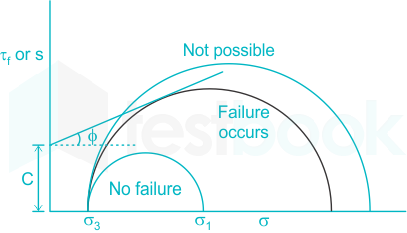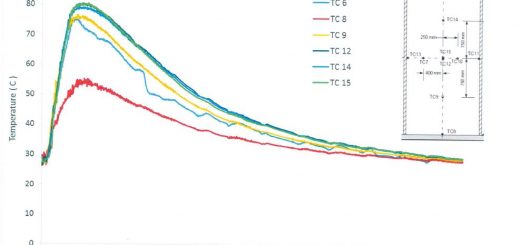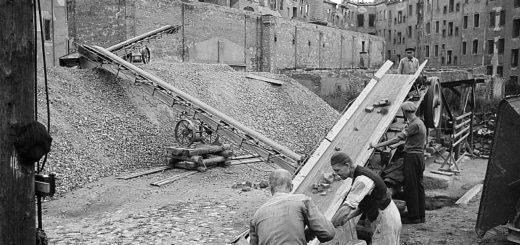Internal Angle of Friction | Overview
In civil engineering, the internal angle of friction is an essential concept to understand when designing lateral earth pressure structures. It plays an important role in assessing the stability of the soil, the maximum shear force, and the bearing capacity of a given structure, which are all crucial for the design and construction of safe buildings, dams, and other structures.
What is the Internal Angle of Friction
One of the physical characteristics of earth materials is their internal friction angle, which may also be considered as the slope of the linear representation of shear strength.
A measurement of a rock or soil unit’s resistance to shear stress is known as the internal angle of friction. When failure only happens in response to a shearing stress, the angle measured between the normal force and resultant force, is the angle (ϕ).
How to Represent the Shear Stress of Soil
The shear stress of the soil can be represented by the internal shear resistance and the cohesion of the soil. The following equation provides how we can indicate them.
τ = c + σtanϕ
where,
c – is cohesion
σ – stress
This equation is widely used in the stability analysis against later loads. The sliding resistance is represented in the equation.
How to Determine Internal Angle of Friction
When determining the friction angle for a given soil, there are a few different theories that can be used. The most common is the Coulomb theory, which states that the angle of friction is equal to the angle of repose for the particular material.
This theory is based on the work of French physicist Charles Augustin de Coulomb, who first proposed it in 1773. While this theory is widely accepted, it does have some limitations. For instance, it does not take into account the effect of pore water pressure on the angle of friction. Therefore, it is not always accurate for all soils and situations.
Another theory that is sometimes used is the Dafalias theory. This theory is more complex than the Coulomb theory.
Laboratory tests such as the triaxial test can be used to determine the internal angle of friction of soils.




